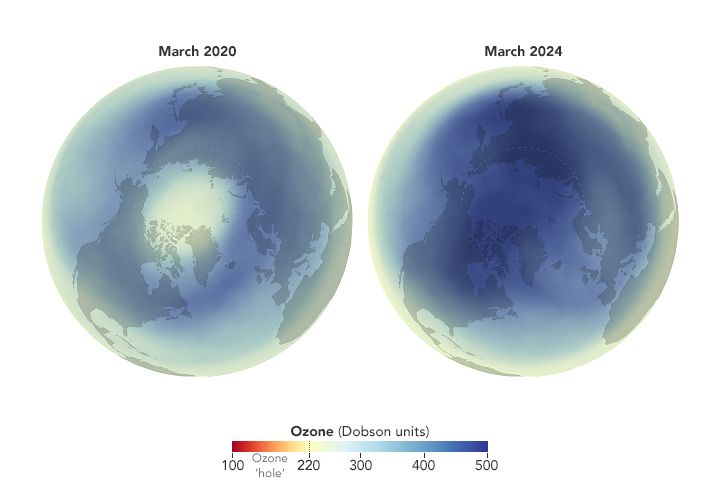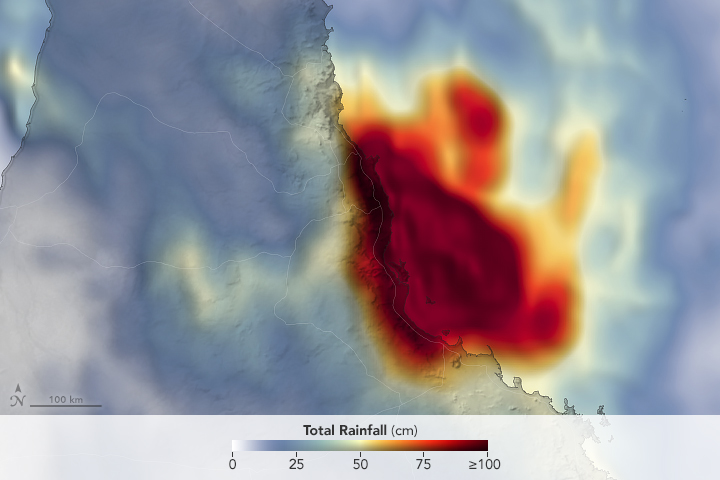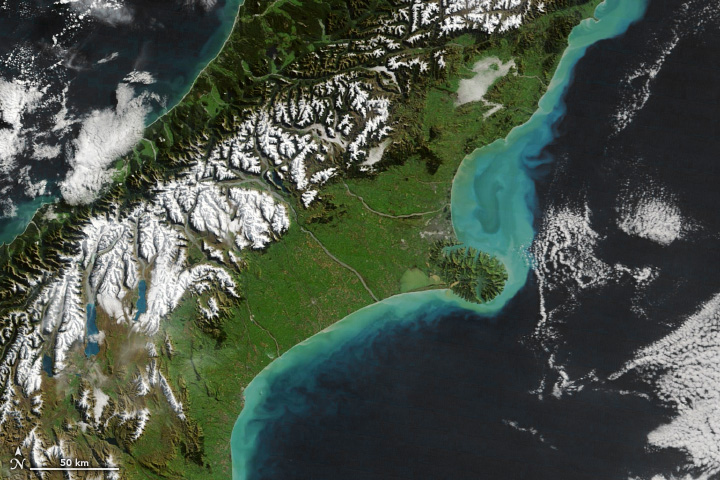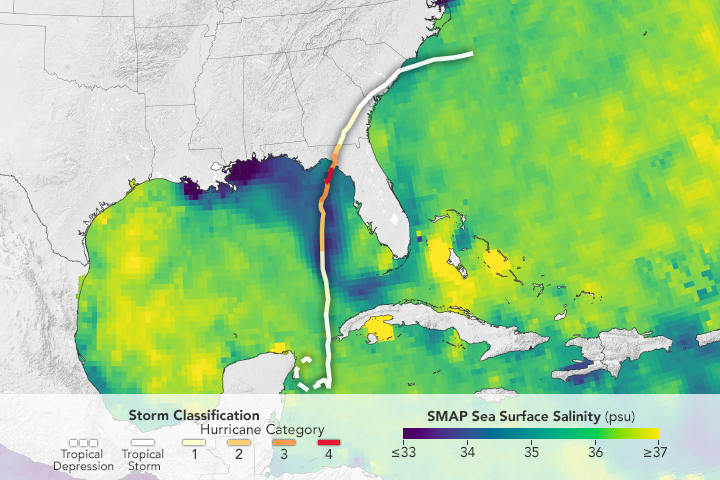- Home
- Missions
- Data
- Communications
- People
- The Earth Observer Newsletter




Recent Imagery
You will be directed to the NASA Visible Earth webpage when you select Images by Mission below, or click on the images at right that are randomly generated to represent four out of all possible topics.
You are here
Landsat 8
Status:
Current, Extended Mission
Mission Category:
Earth Systematic Missions Program, Inter-Agency Partnerships
Launch Date: February 11, 2013
Launch Location: Vandenberg Air Force Base, CA
Designed Life: February 11, 2018
Landsat 8 (previously named the Landsat Data Continuity Mission) is a joint NASA/U.S. Geological Survey (USGS) mission and is the eighth satellite in the Landsat series. The observatory consists of the spacecraft bus and its play load of two Earth-observing sensors, the Operational Land Imager (OLI) and the Thermal Infrared Sensor (TIRS). OLI and TIRS collect data jointly to provide coincident images of the global and surface including coastal regions, polar ice, islands, and the continental areas. In addition, Landsat 8 follows the same sequence of fixed ground tracks as the Landsat 4, Landsat 5, and Landsat 7 satellites. This allows all the science data from Landsat 8 to be referenced to the same coordinate system, continuing the decades-long data record. The Landsat Program provides repetitive acquisition of high resolution multispectral data of the Earth's surface on a global basis. The data from the Landsat spacecraft constitute the longest record of the Earth's continental surfaces as seen from space. It is a record unmatched in quality, detail, coverage, and value. NASA and the USGS jointly manage the Landsat Program.
Key Landsat 8 Facts
| Mission/Portal Page: | https://www.usgs.gov/landsat-missions/landsat-8 |
|---|---|
| Launch Vehicle: | Atlas-5 |
| Altitude:Distance from sea level. | 705km |
| Inclination: | 98.2° |
| Local Node:Approximate time, at the equator when vehicle is directly overhead. | 10:30 a.m. |
| Instruments: |
Operational Land Imager Thermal Infrared Sensor |
| Project Scientist(s): |
James R. Irons |
| Deputy Project Scientist(s): |
Bruce Cook |
Relevant Science Focus Areas:
- Carbon Cycle, Ecosystems, and Biogeochemistry
- Earth Surface and Interior
Relevant Science Questions:
- How does the Earth system respond to natural and human-induced changes?
- How is the global Earth system changing?
- How will the Earth system change in the future?
- What are the primary forcings of the Earth system?
Science Goals:
- Characterize and monitor land-cover use and change over time for global climate research, polar studies, land use and land cover change, and the impacts of natural events as well as human activities on Earth's surface.
Related Applications:
- Agricultural Efficiency
- Carbon Management
- Coastal Management
- Disaster Management
- Ecological Forecasting
- Energy Management
- Homeland Security
- Invasive Species
- Public Health
- Water Management

